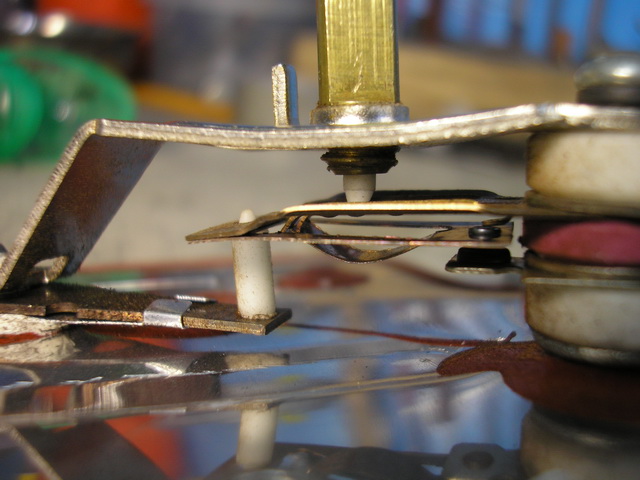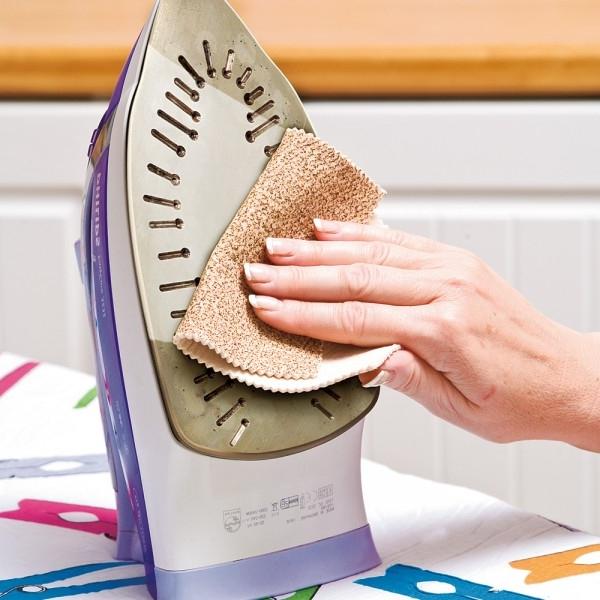Sections of the site
Editor's Choice:
- How to unlock ariston washing machine
- Pros and cons of LED lighting
- Pulse relay: device and connection
- How to calculate the illumination of a room with LED lamps?
- Plastic box - do-it-yourself aesthetic view of electrical wiring
- Electricity consumption of a warm floor: electric and film
- Installing a pump in a well: how to properly install pumping equipment
- Electrician Toolkit Overview
- How to choose a water heater: the most complete list of evaluation criteria
- 1 acoustics on the example of Sven SPS-860 and Realtek ALC889 codec
Advertising
| The main reasons why your iron does not heat up |
|
An iron is one of the most necessary electrical appliances in the house, but, like any household appliance, malfunctions occur in it. For example, you plugged the appliance into the mains, waited a while and realized that the iron was still cold. You can deal with this problem yourself, without resorting to the help of service center specialists. Below we will look at the most common reasons why your favorite iron does not heat up, and give tips on how to fix this breakdown. In some situations, you can understand what the problem of lack of heating is without even disassembling the unit. If you make sure that the iron is plugged in, there are no power outages in the house, and the indicator light on the iron body is on, it means that heating element damaged iron (in other words, "ten"). Unfortunately, in this case, the prognosis is unfavorable. The fact is that the heating element is connected directly to the soleplate of the iron. If the bindings are one-piece, then most likely you will have to contact the specialists and replace the entire soleplate, or buy a new iron. If the heating element is attached with tips, then theoretically it can be disconnected from the sole and then cleaned with sandpaper to clean the damaged contacts.
However, this is far from the only version according to which the iron does not heat up. Let's try to diagnose other malfunctions:
How to disassemble the iron yourselfIf you have never disassembled electrical appliances in your life, then this can be a big puzzle. In current models, not a single fastener, screw or connector is visible from the outside. How to be in this case and how to disassemble the structure? Indeed, in Soviet, grandmother's irons, everything was arranged much simpler and more understandable.
Take a close look at the body of your electric assistant. Today, the design of electrical appliances is arranged in such a way that all elements, parts, are connected to each other. hidden latches. Find a flathead screwdriver and carefully pry the latches. Next, you will find the very screws that hold the main parts of the iron together.
Some popular manufacturers of household appliances, such as Tefal, Philips, Brown often use screws with branded, not quite standard heads. Here you will have to suffer a lot and pick up the right screwdriver, or even contact the manufacturer's service center. In order to prevent malfunction of the iron, it is best to take care of careful care in advance.
ConclusionSo, we found out the main reasons why your iron does not turn on or does not heat up, and we have given ways to fix this problem. No matter what advanced technologies manufacturers invent (touch control, automatic steam supply, water supply, lack of wires), the causes of the malfunction are universal for almost all irons. This may be a bad contact of the power cord, a malfunction of the heating element, a broken fuse, or a banal dusting of the contacts. If you were unable to diagnose yourself, seek qualified help, but do not forget that repairs are an expensive process, and in some serious cases it will be more cost-effective to purchase a new electrical appliance. |
New
- History in dates Three scenarios for Ukraine
- Michelson and Morley experience
- Division of labor, commodity production and market relations
- Division of labor in economic theory - abstract
- Who are the Great Russians and where do they live The formation of the Great Russian people of northeastern Rus'
- Acai berries - benefits, harms and contraindications
- Kirill Sarychev: oatmeal with protein, a press and weights for a powerlifter
- Plum seed oil (unrefined, organic)
- I am a big tea lover. I especially respect green
- Ivan-tea with the addition of mint The chemical composition of the plant












